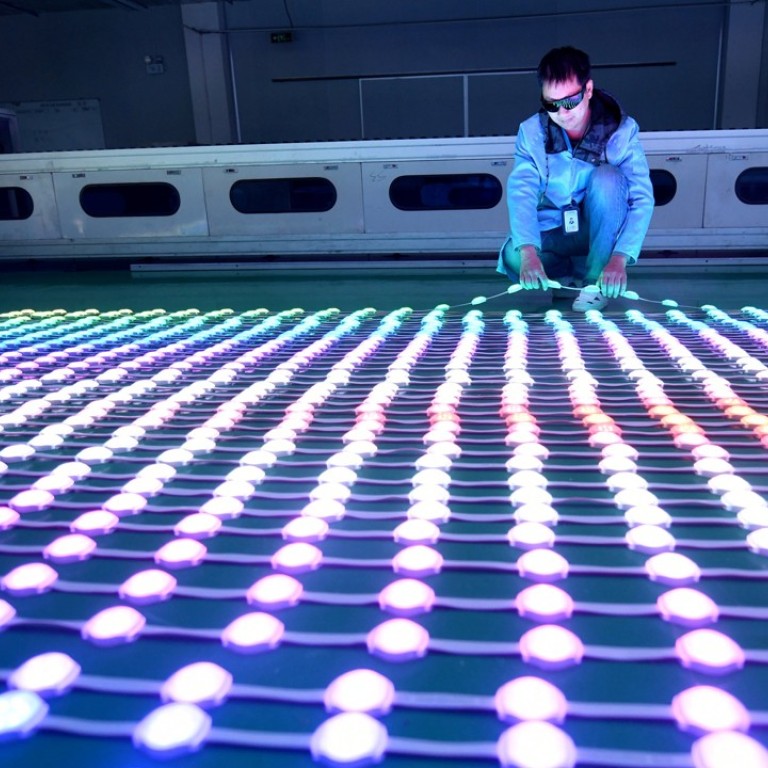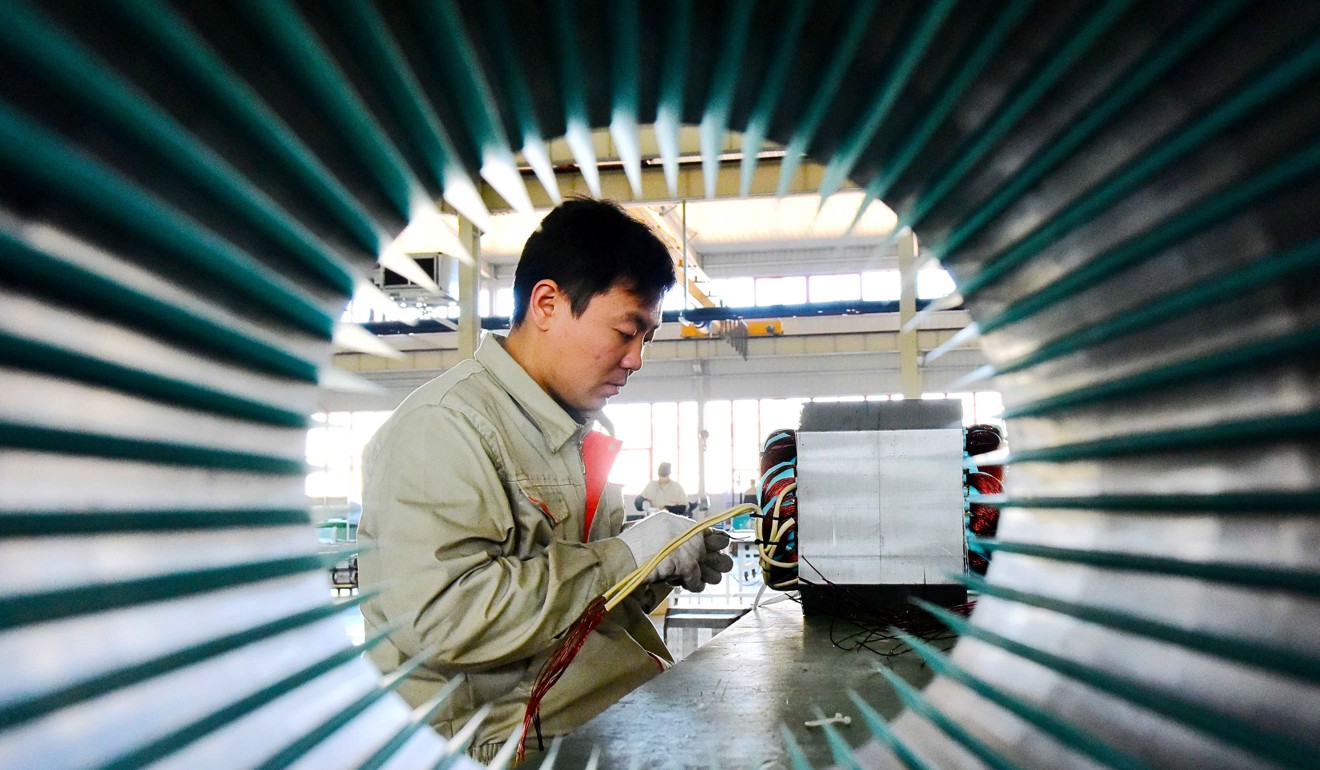
Private sector, foreign companies key for ‘Made in China 2025’ to take off, experts at Singapore forum say
- Countries like Singapore are also gunning for lucrative opportunities to be part of China’s goal to be a high-tech powerhouse
China is still some way from its ambition of becoming a global powerhouse in hi-tech manufacturing, according to a senior economist.
Speaking at a forum in Singapore on Wednesday, Li Wenlong, senior economist at the Asean+3 Macroeconomic Research Office, said that the world’s second-largest economy continues to face “uncertainty or some challenges” in achieving the targets outlined in its “Made in China 2025” strategy.
The “Made in China 2025” action plan, launched by Premier Li Keqiang in 2015, aims to guide the country’s industrial modernisation, including substituting foreign technology with local innovation.
In Indonesian elections, how far can VP candidate Sandiaga push Widodo over the economy?
The goal is to achieve 70 per cent self-sufficiency in hi-tech industries by 2025 and a dominant position in global markets by 2049 – when China celebrates its 100th anniversary.
But to succeed, further economic reforms are needed, said Li.
“As (China) becomes bigger and more powerful … at some point, it should allow the private sector and foreigners to play on fair, equal statuses,” he told a panel discussion at the Singapore Management University (SMU). “This is very important.”
His comments come as private companies, which account for 60 per cent of China’s economy and 80 per cent of jobs in urban areas, are increasingly struggling while state-owned enterprises grow in strength and size. The bruising trade war between China and the United States and the domestic squeeze on financing have also taken their toll.
Li pointed to the high level of manufacturing capability in Chinese companies such as Huawei and Xiaomi but said, “it’s all in the private sector”.

Levelling the playing field for manufacturers in the private sector, including foreign companies, would help lift standards across the country as a whole, and bring China closer to achieving its goals, he said.
Equally important is for China to improve its laws to protect intellectual property and help spur innovation, he added.
Li and other panellists at the round table discussion agreed, however, that China’s “Made in 2025” strategy is an important move for China and will open up opportunities for other countries like Singapore, which is investing heavily in digital transformation.
Steve Leonard, CEO of SGInnovate, a state entity that supports entrepreneurs in Singapore, said that with China now leading the world in the use of artificial intelligence (AI), the question is “who’s going to play what other roles in that team”.
The 19th century Chinese cartoons with a revolutionary message for Singapore
“Singapore has the opportunity to be an important contributor in that effort,” he said, pointing to specialised areas in health care and transport.
Lim Yun Fong, an associate professor at SMU, said that beyond just producing robots on the road to digitisation, Singapore should also look at developing business processes that aid the implementation and delivery of digital services and products.
Li said that Singapore can also play a more active role as a “harbour” for China in accessing other markets in the Asean region.
The two countries last week signed an upgraded free trade agreement giving Singaporean businesses easier access and greater protection in the Chinese market. Singapore has agreed to open up its transport, courier and environmental sectors to Chinese firms.
Some observers have cited China’s “Made in China 2025” strategy as an aggravating factor in the dispute.
With the impact of the trade war inevitably spilling over to other parts of the world, Li said that it could be time for China to “fine-tune its strategy” while being sensitive to the sentiments of other parties.
In the same vein, Leonard said: “I don’t think trying to grab the jersey of another person in a race in the hopes of holding them back is a good way to win the race, as opposed to training and being in the best shape that you can be on your own terms.
“And then the race will be what the race will be.”

